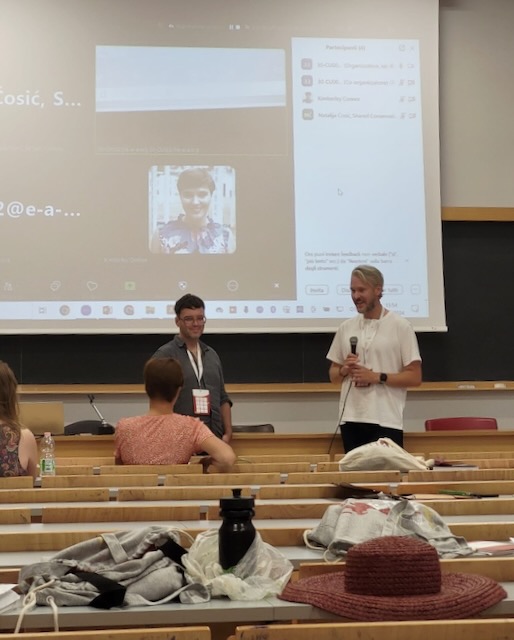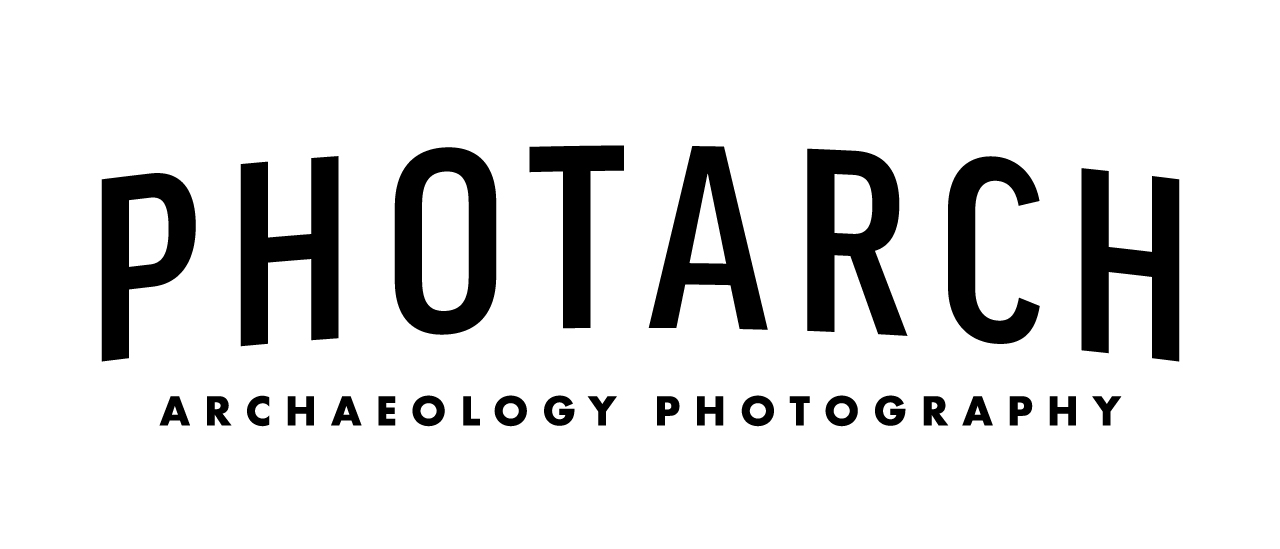
There’s a problem lurking in the shadows of archaeology photography. They are slowly being erased. Either by cutting them out in post production or by using multiple key lights, leaving artefacts looking flat and shapeless. We need those shadows as they give us a ton of information about the object. PHOTARCH is an easy method that keeps images looking cohesively the same – all whilst preserving the shadows.
PHOTARCH is a project by archaeologist and photographer, Daniel Lindskog. The project was awarded The FujiFilm Regional Grant Award and has been presented at the annual European Association of Archaeologists conference in Belfast.
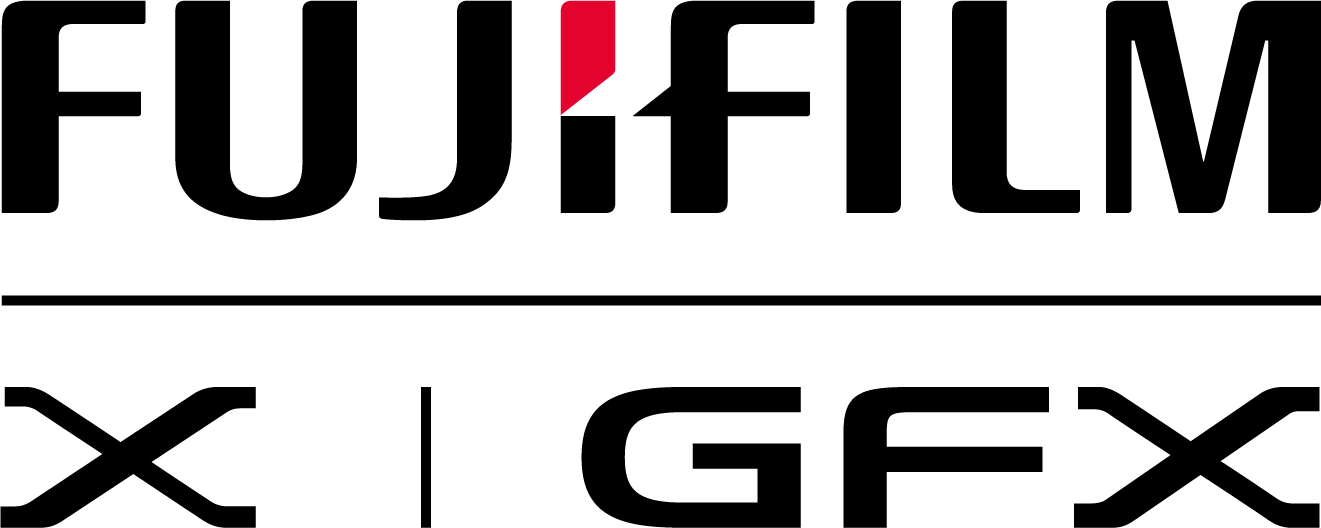
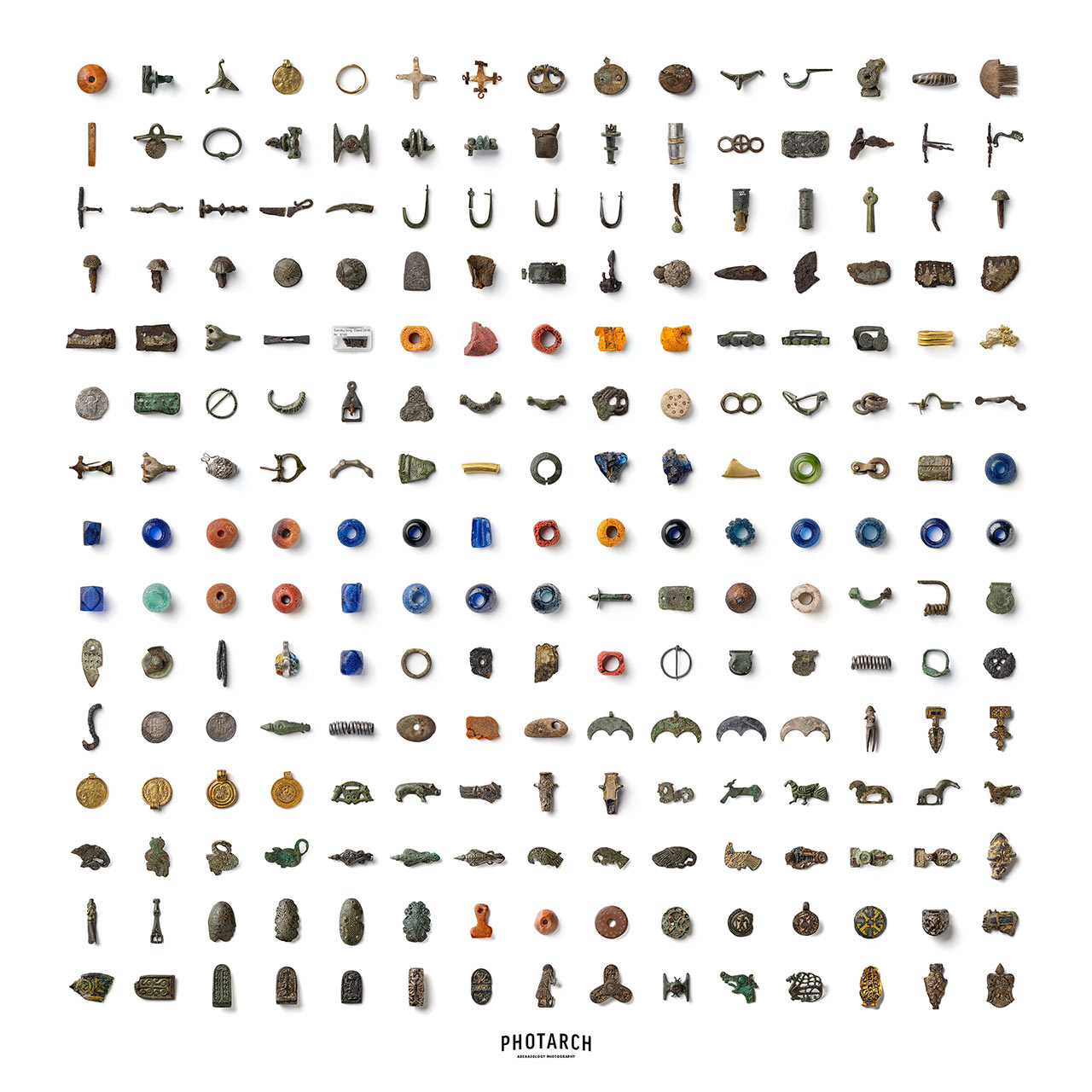
The Question
Before an archaeological artefact is either put on display in a museum or, more likely, sent to storage to be archived – a picture is taken. Often using different lighting set-ups, different camera gear and different methods of photographing, resulting in odd looking images. What if we did things differently?
An Answer
By adhering to a few key elements when taking the picture, using a method that can be easily replicable, at low cost, offering high quality; then a unified image could be achieved. Making a combined collection scientifically useful whilst being publicly accessible.
Principles being
• One key light
By using one key light and reflecting that light when necessary, we get a natural looking image.
• Same direction
By having the same angle on that key light we achieve a uniform shadow cast.
• White background
By having a white background we can assure it to be 100% the same over multiple images.
Metadata
All information is hidden in the metadata of the image. Such as measurements, allowing the end user to present the artefact in scale, with a scale, or without a scale. Along with information such as material, place of finding and more, you’ll find it all in the metadata – all in accordance to the official record.
(the metadata is currently under development. Please see the changelog below for updates and progress.)
Presentation
All images within the project has been made using focus stacking. Nice for a complete depth of field but not necessary in all cases. What is necessary is using one and the same method consistently. It offers the ability to present ongoing multi year excavations in a cohesive look. The image from year one of the excavation will look the same as the image from year five. When combined the collection can be presented side by side or in scale to each other – making a complete collection of an excavation an aesthetically pleasing reality.
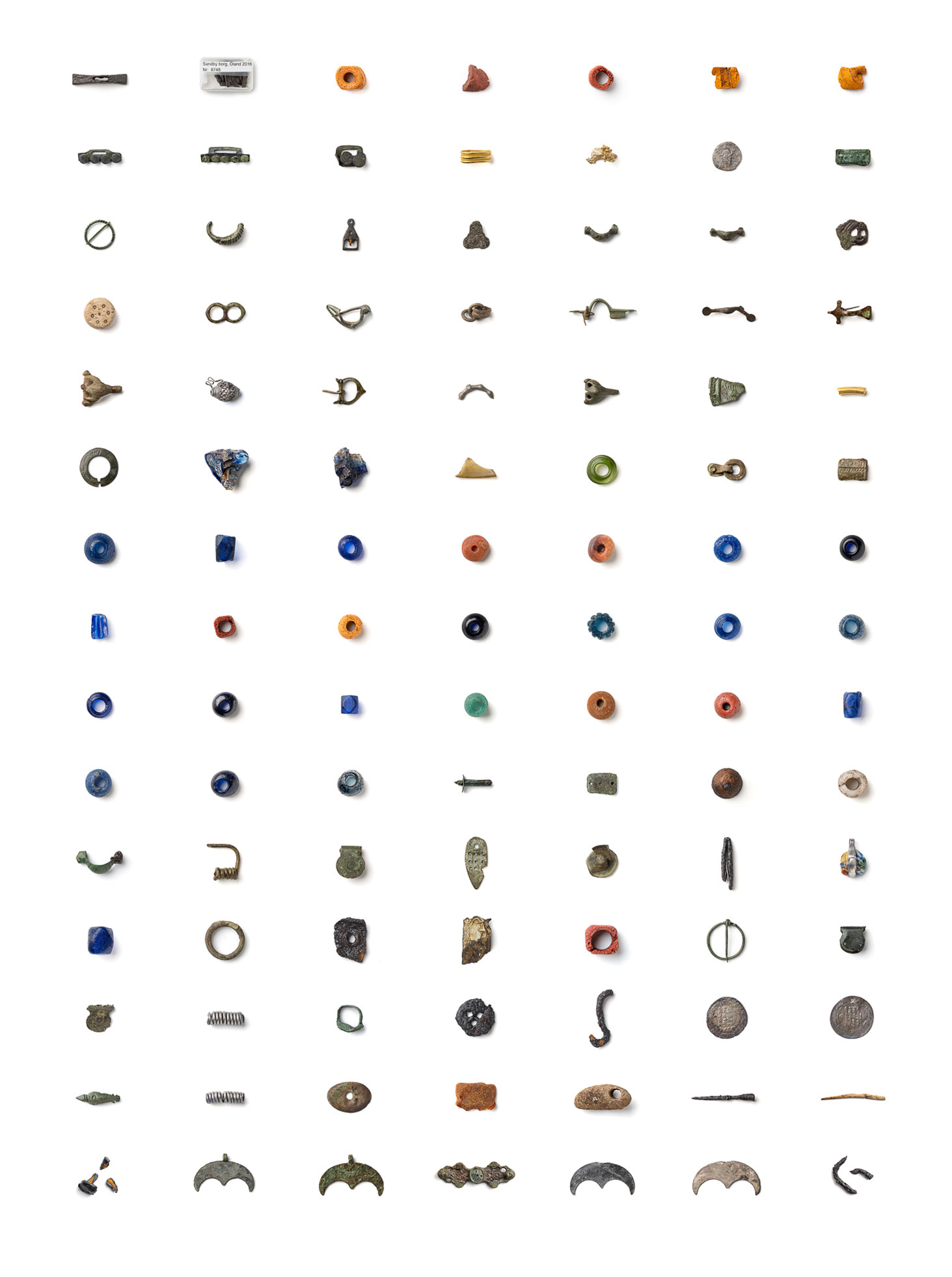
Presented side by side
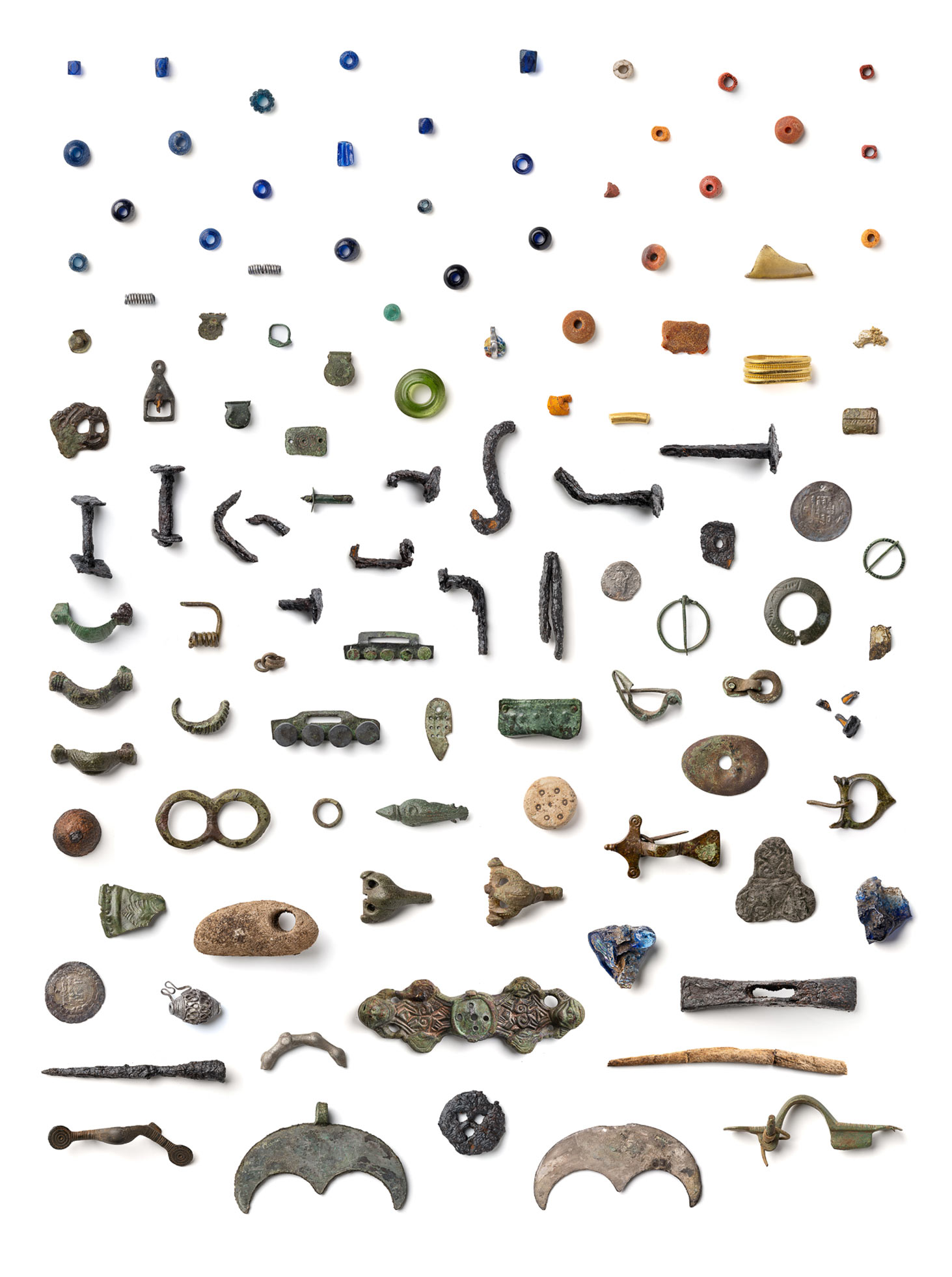
Same collection presented in scale to each other
Free to use
All images on PHOTARCH are free to use through CC BY 4.0, the only requirement is attribution of the museum.
225
2981
3
Participating Museums
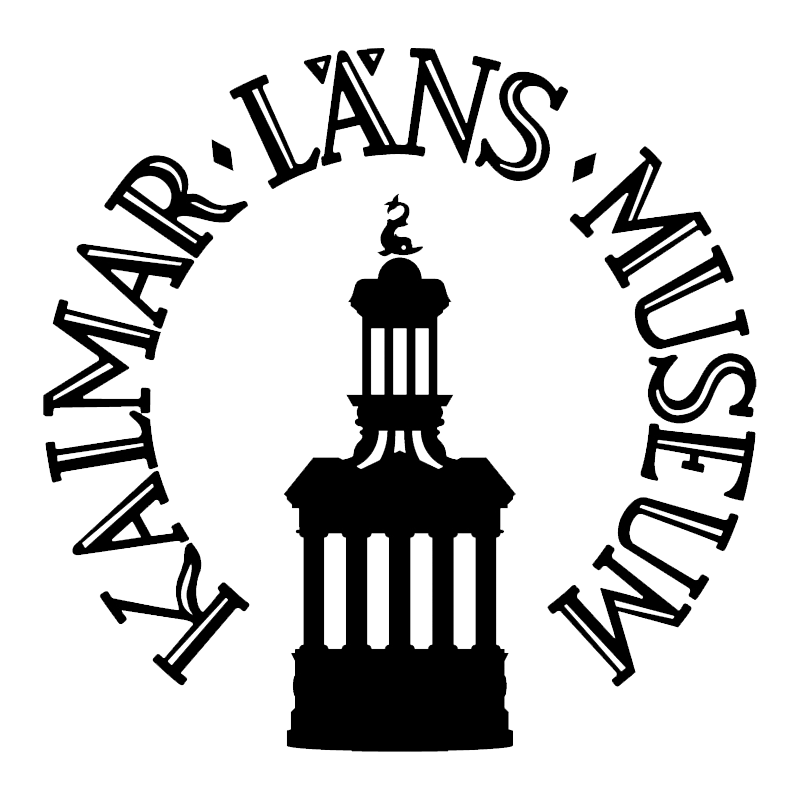
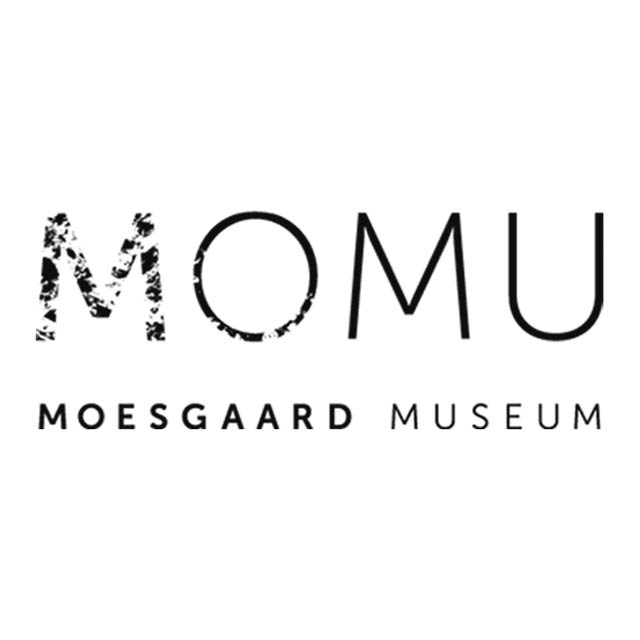
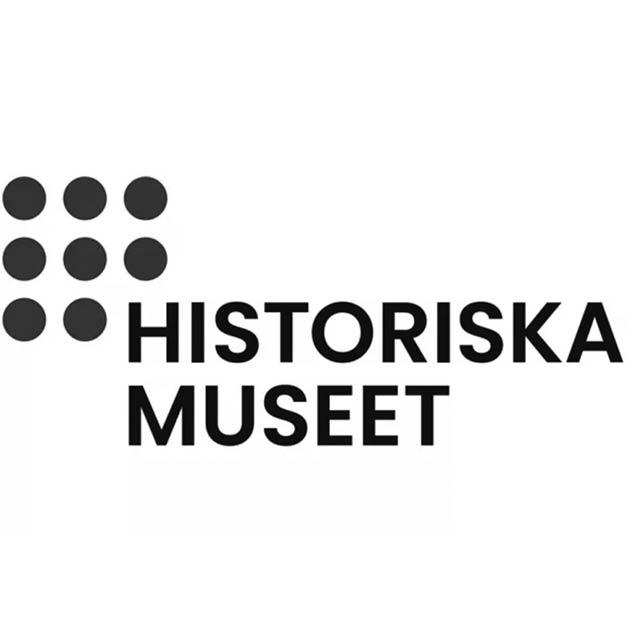
Changelog since launch
- November 13: photarch.com is launched. All images are set free to the public to use in accordance to CC BY 4.0. The metadata of the images are still being updated. Please follow this changeling for updates.
- November 14: Measurements for all artefacts from Moeagaard Museum is updated.
- Dec 12: Talking at Scandinavian Photo event together with FujiFilm and Serkan Günes.
2024
- Jan 11: Hosting a full day workshop with Artefact Photography at Kalmar County Museum.
- March 5: Presentation at Lund Historical Museum, Lund.
- May 29: Presentation at the 2and3D conference at the Rijksmuseum, Amsterdam, Holland.
- August 28: Presentation at EAA the European Association of Archaeologists, Rome – Italy.
- November 30: Presentation at Skånes Fotodagar in Lund, Sweden.
Timeline
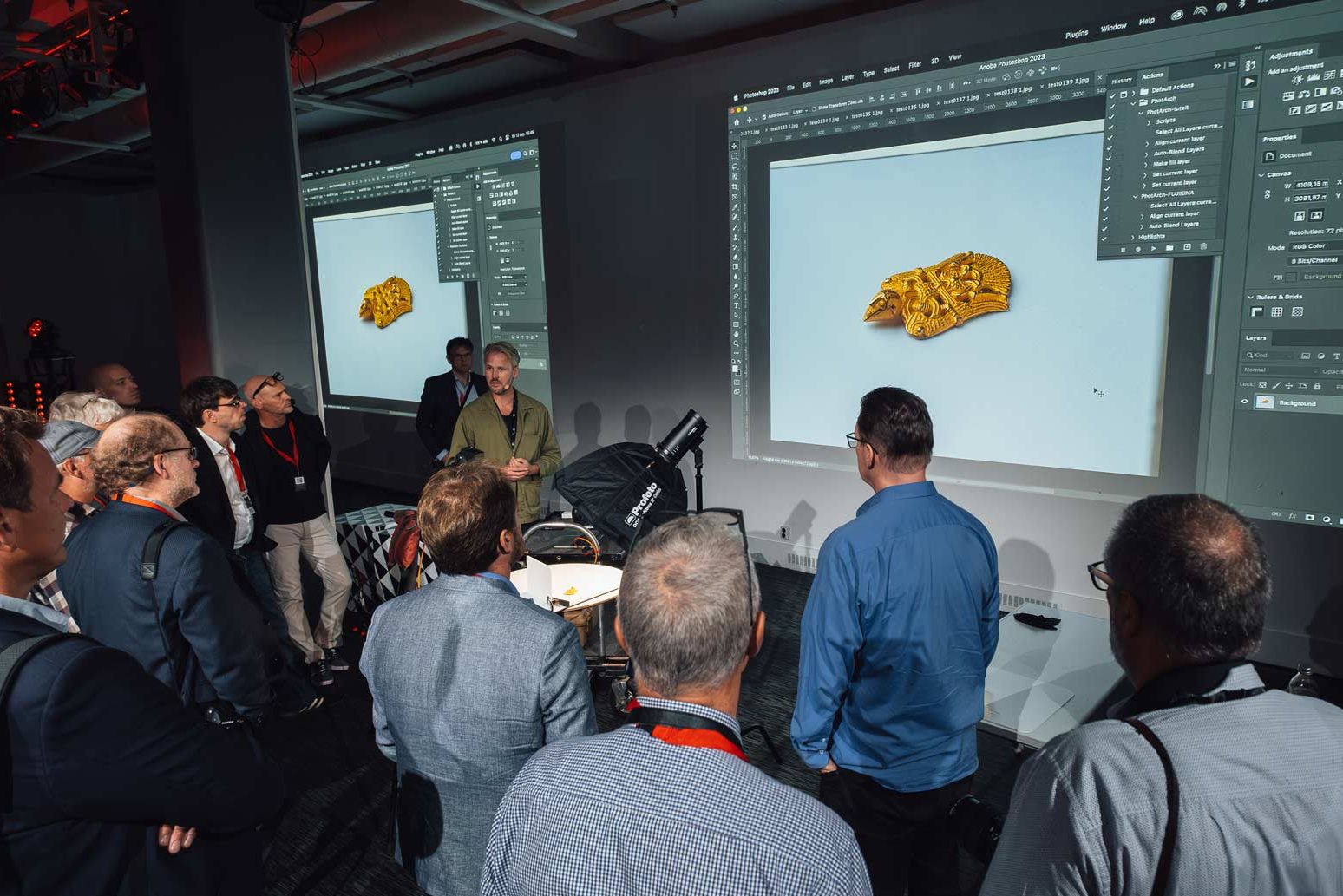
Presenting Photarch at FujiKina 2023 – Photo by Andrea Livieri
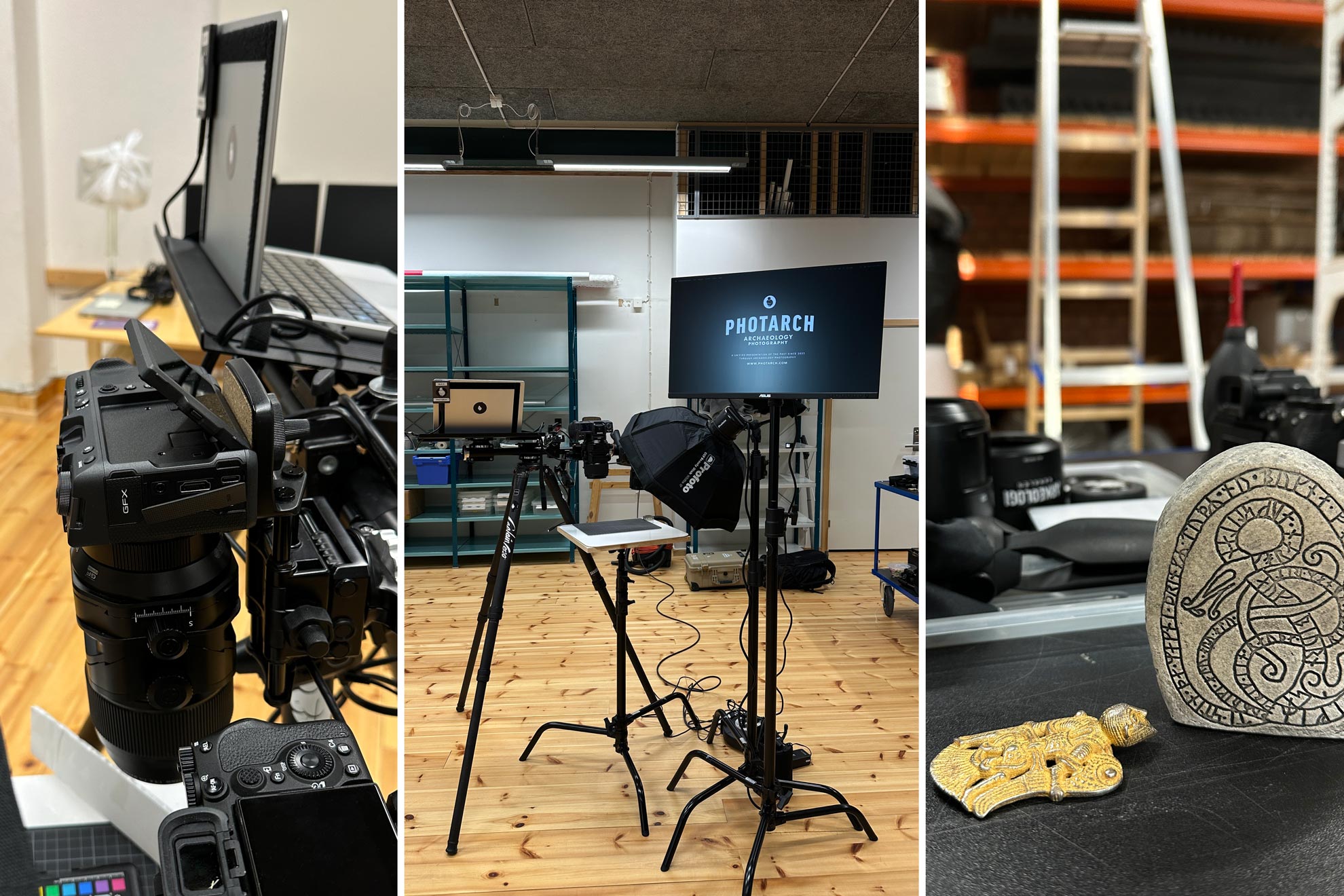
Full day workshop at Kalmar Läns Museum 2024
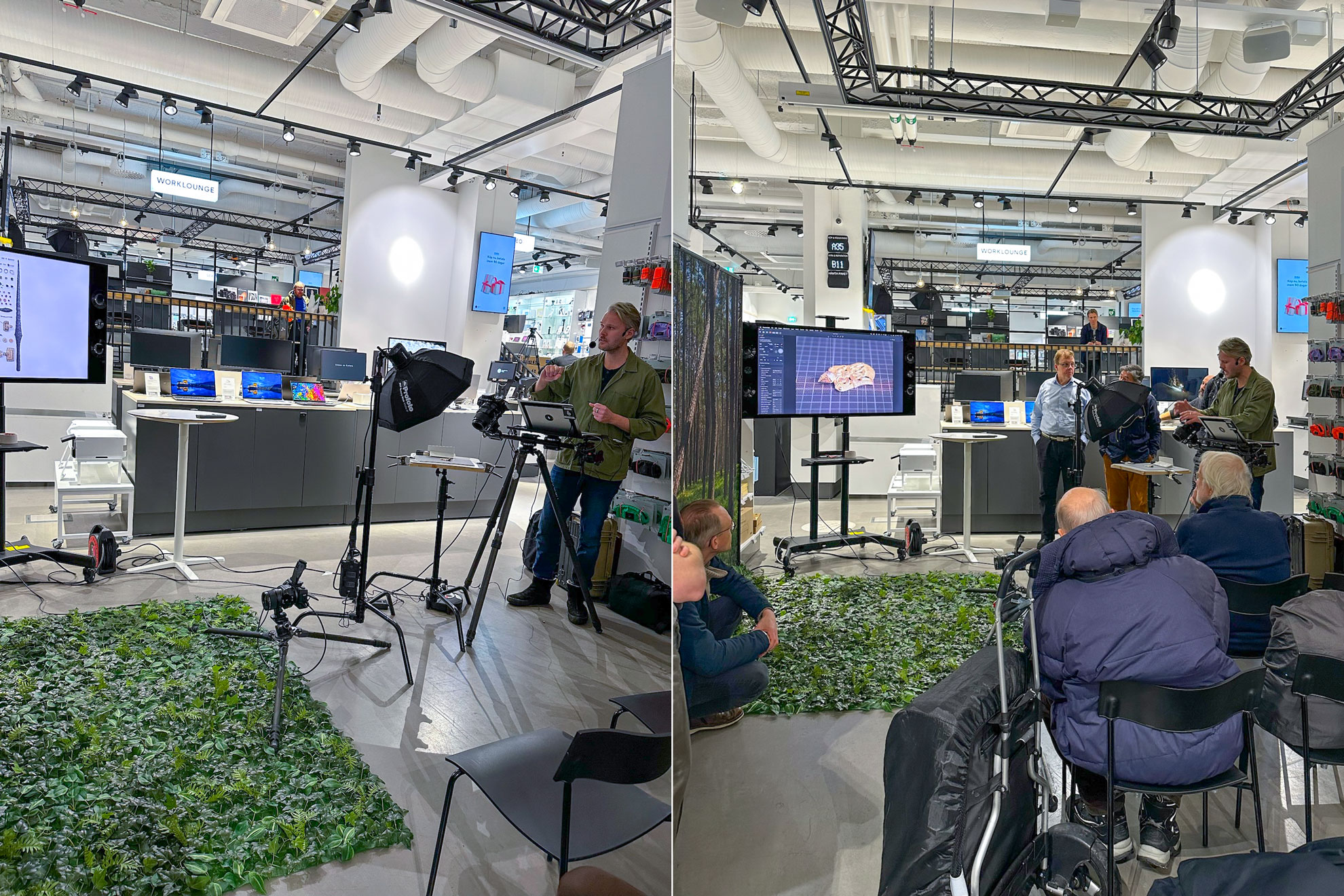
Presenting Photarch at Scandinavian Photo 2023
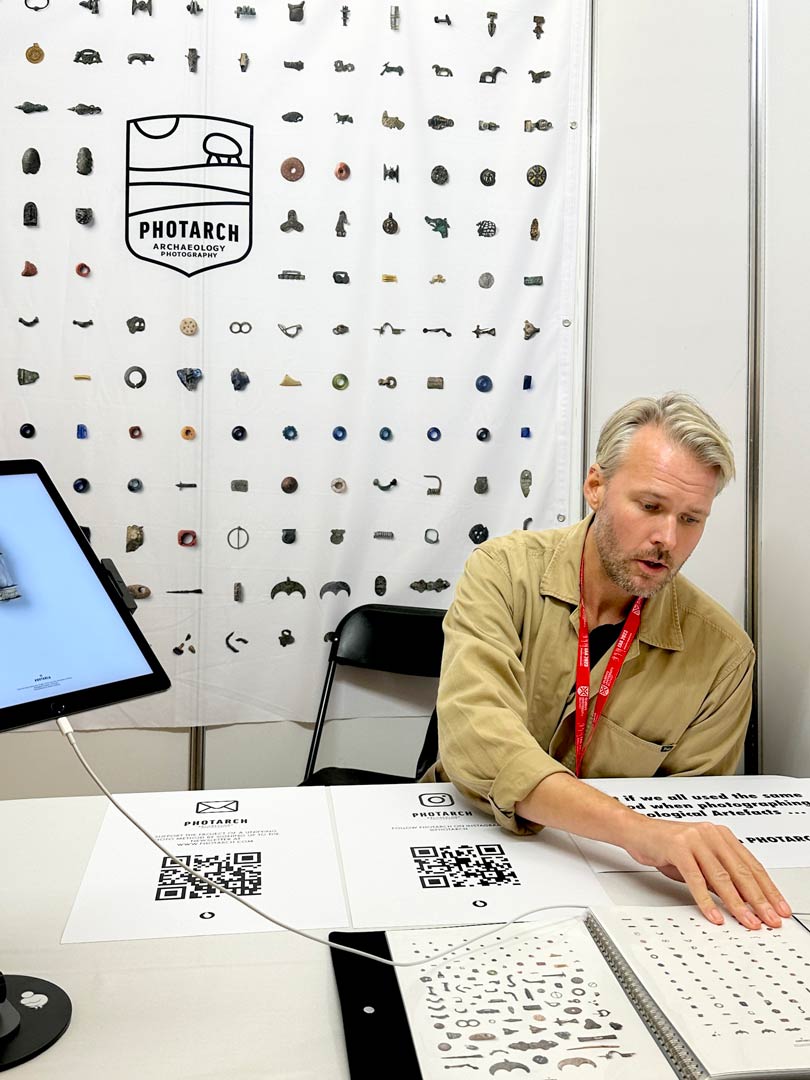
Presenting PHOTARCH at the European Association of Archaeologists in Belfast, 2023
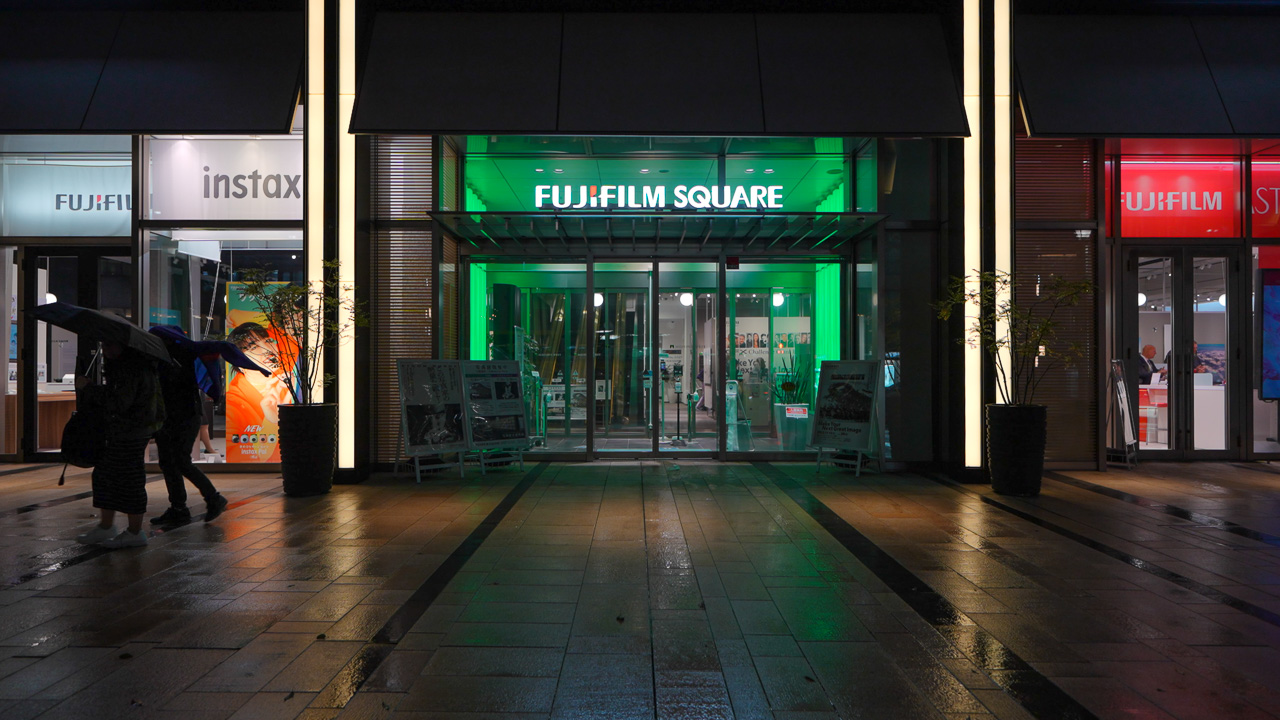
Outside the FujiFilm building in Tokyo
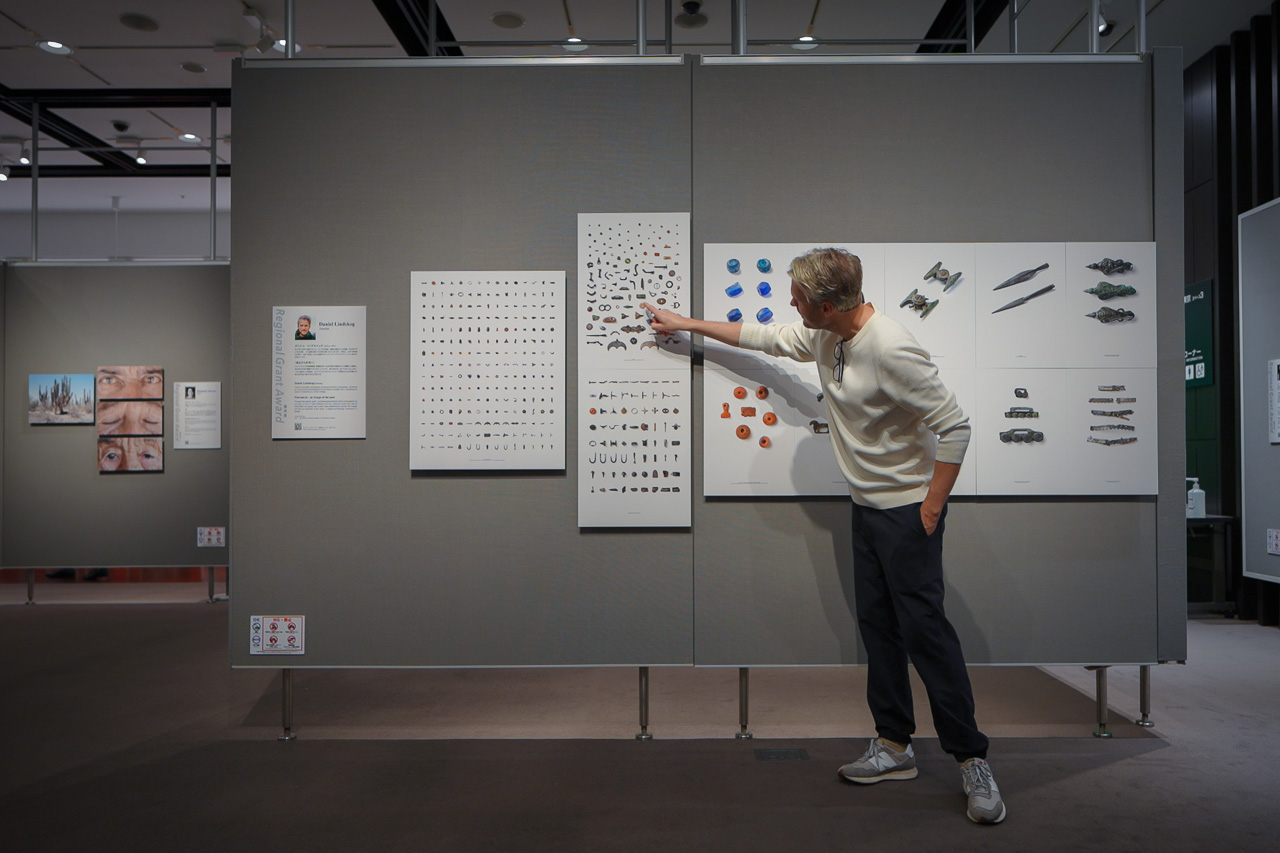
Pointing to a photo of an artefact at the exhibition in Tokyo
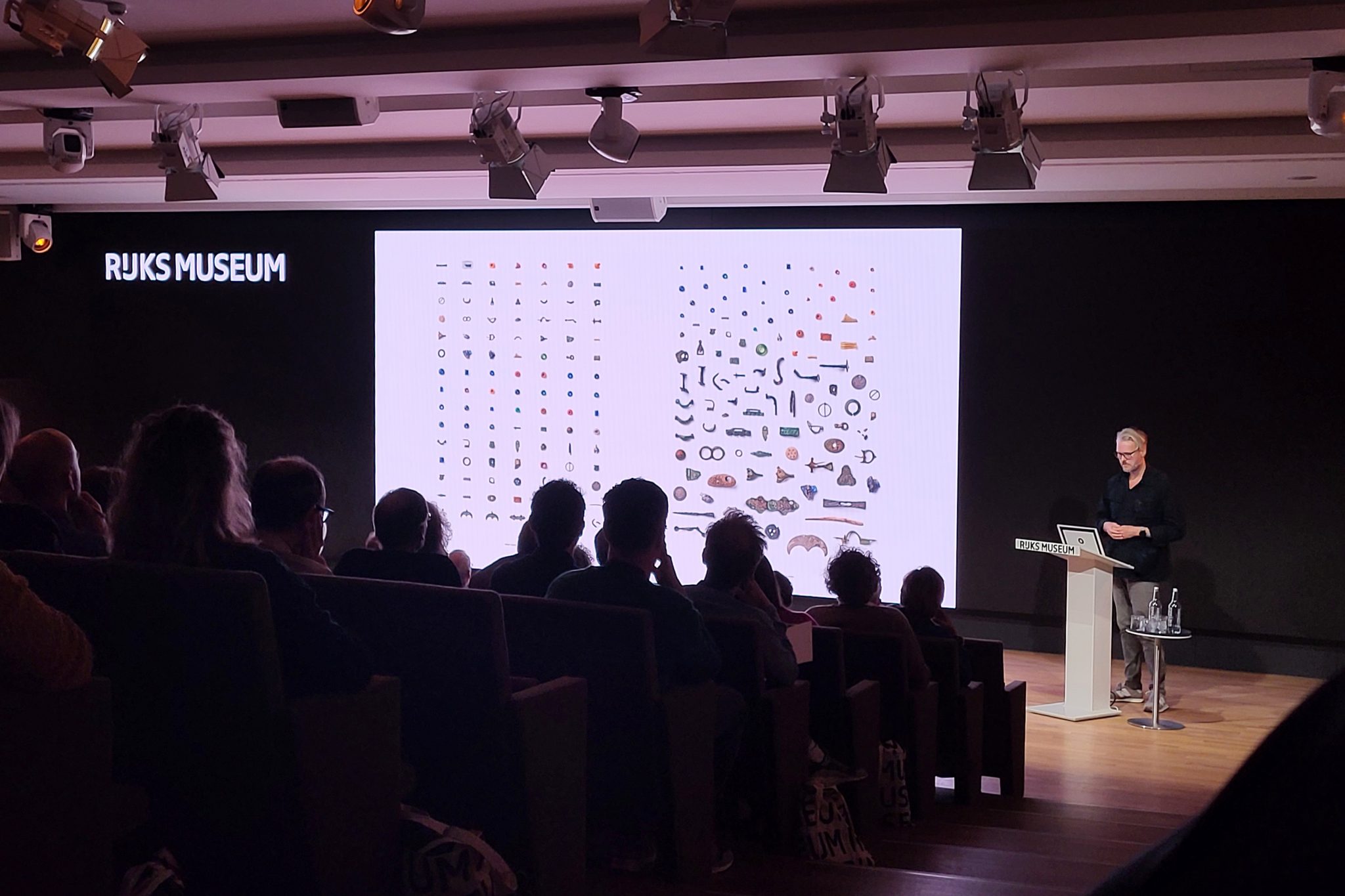
Presentation at the 2and3D conference at the Rijksmuseum, Amsterdam.
Image by Minja Hemming
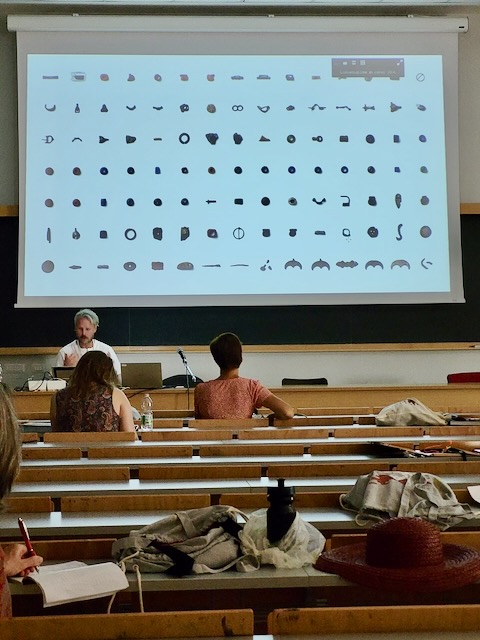
Presenting the project at EAA in Rome 2024.
Image by Minja Hemming
